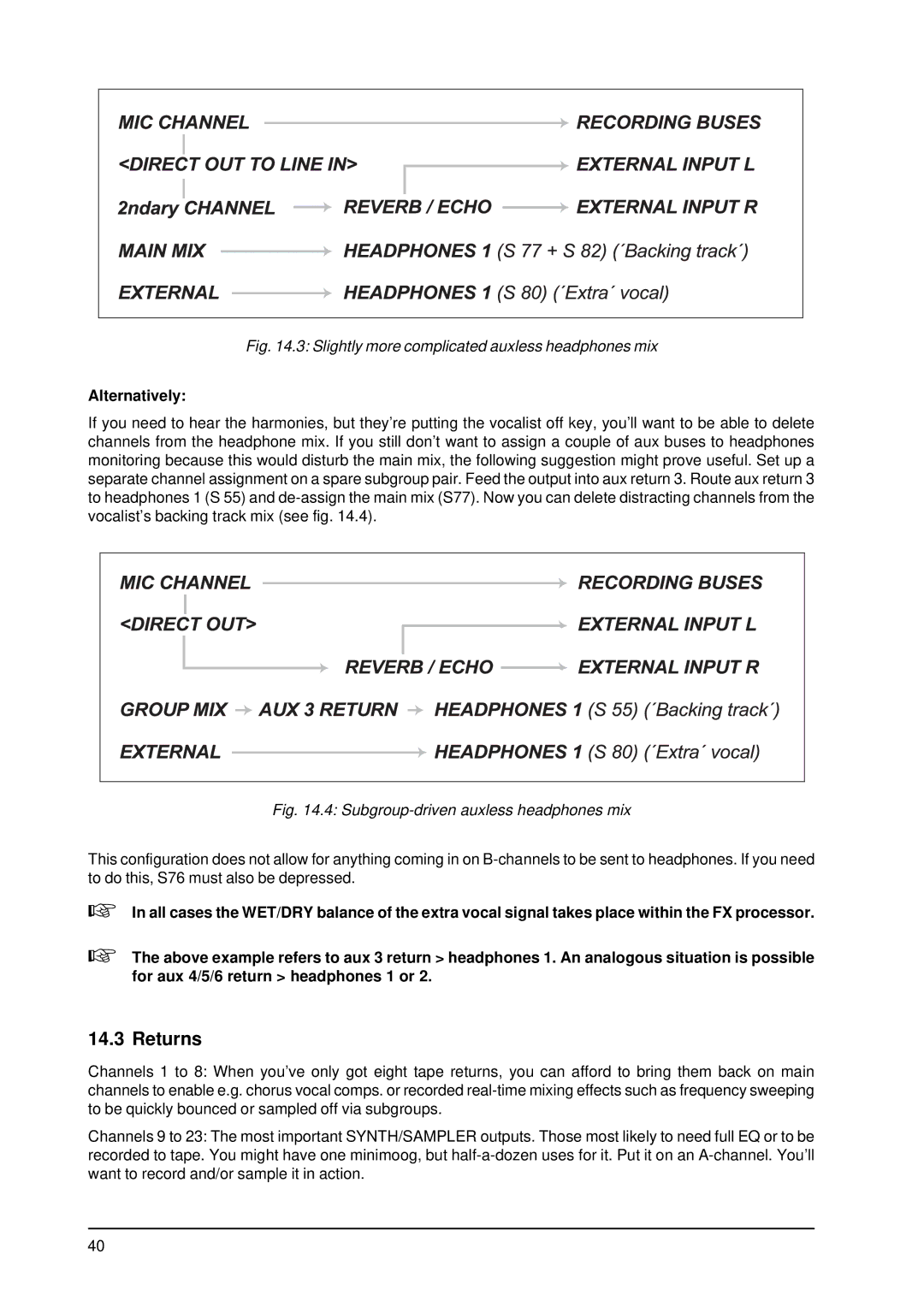
Fig. 14.3: Slightly more complicated auxless headphones mix
Alternatively:
If you need to hear the harmonies, but they’re putting the vocalist off key, you’ll want to be able to delete channels from the headphone mix. If you still don’t want to assign a couple of aux buses to headphones monitoring because this would disturb the main mix, the following suggestion might prove useful. Set up a separate channel assignment on a spare subgroup pair. Feed the output into aux return 3. Route aux return 3 to headphones 1 (S 55) and
Fig. 14.4: Subgroup-driven auxless headphones mix
This configuration does not allow for anything coming in on
+
+
In all cases the WET/DRY balance of the extra vocal signal takes place within the FX processor.
The above example refers to aux 3 return > headphones 1. An analogous situation is possible for aux 4/5/6 return > headphones 1 or 2.
14.3 Returns
Channels 1 to 8: When you’ve only got eight tape returns, you can afford to bring them back on main channels to enable e.g. chorus vocal comps. or recorded
Channels 9 to 23: The most important SYNTH/SAMPLER outputs. Those most likely to need full EQ or to be recorded to tape. You might have one minimoog, but
40
